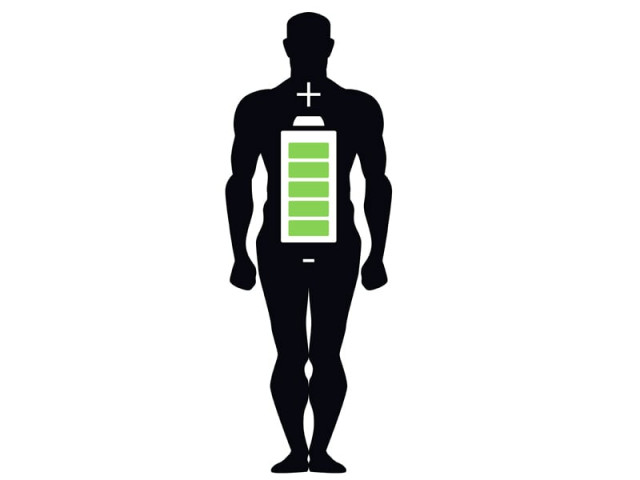Alternative energy: People Power
Can we use the chemical composition of our bodies to generate electricity?

When we think of sources of alternative energy, we usually think of solar and wind energy. However, scientists have taken alternative energy to another level by constructing a device which will use the chemical composition of our bodies to generate electricity.
It may sound far-fetched but Dr Serge Cosnier and his team at the Joseph Fourier University of Grenoble in France have built a device — a biofuel cell — to do just that.
The group of scientists has implanted their device in live animals to demonstrate its efficacy. If all goes according to their plan, biofuel cells, within a decade or so, may be used to power several medical implants, ranging from sensors and drug delivery devices to entire artificial organs. And all humans will need to do to power these devices will be to get ‘energy’ from food by eating a candy bar or pasta.
Biofuel cells can thus possibly trigger a revolution in artificial organs and prosthetics and thus transform tens of thousands of lives annually. Currently a new range of artificial organs — kidneys, hearts and bladder sphincters and even artificial limbs and hands — are now under development. But they all have one problem: they all need electricity to run.
Batteries are good enough for implants that don’t need much power because they run out fast. Thus, as far as implants are concerned, the lack of viable alternatives for powering them is a fundamental limitation.
Even devices that do not use much power, such as pacemakers, have a fixed lifespan because they rely on batteries. They usually need their power packs replaced 5 years after implantation.
Other devices such as artificial kidneys, limbs or eyes, would have such high energy demands that users would have to replace their power source every few weeks to keep them working. It is simply impractical to use batteries in these devices.
This is precisely where biofuel cells come in. They are actually very simple to use. They are made of two special electrodes — one is endowed with the ability to remove electrons from glucose, the other with the ability to donate electrons to molecules of oxygen and hydrogen, producing water.
Since glucose and oxygen are available in the human body in abundance, a biofuel cell can keep on working indefinitely, in theory at least. Dr Cosnier and his team are one of a growing number of researchers around the world developing the technology in an attempt to revolutionise the field of artificial organs.
The notion of energising fuel cells with glucose and oxygen abundant in physiological fluids first gained currency in the 1970s, but fell by the wayside because the amount of energy produced by early samples was too scant to be practically feasible.
However, in the 2002, Itamar Willner, a researcher at the Hebrew University in Jerusalem, encouraged by advances in biotechnology, decided to give the idea another fresh try.
His paper, published in the prestigious journal Science, speculated that due to advances in biotechnology, a time will come when devices such as artificial limbs and organs will soon be powered by biofuel cells that generate electricity from bodily fluids.
“Since then biofuel cells have received a huge amount of attention,” said Dr Eileen Yu, a researcher at Newcastle University, who is on the team of the multi-university project in UK, dedicated to developing biofuel cells. Source: BBCNews.com
Published in The Express Tribune, October 22nd, 2011.



















COMMENTS
Comments are moderated and generally will be posted if they are on-topic and not abusive.
For more information, please see our Comments FAQ